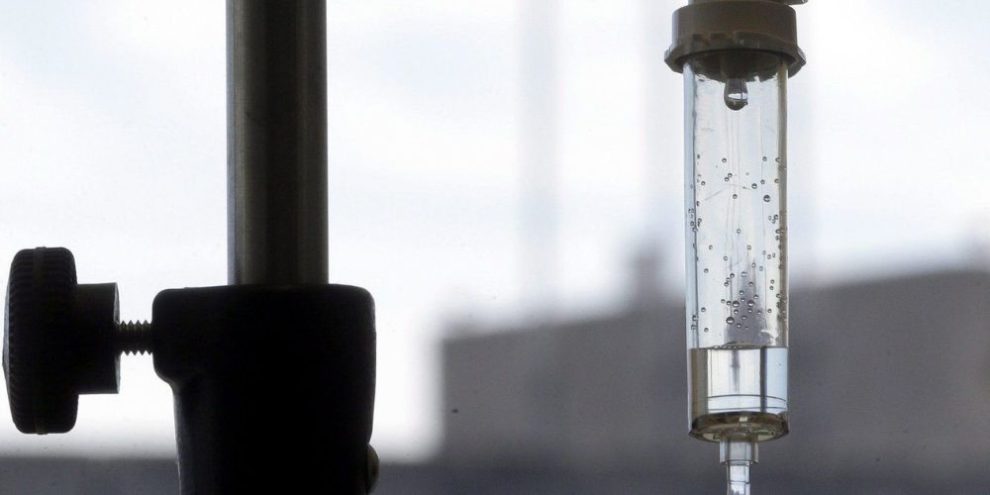
Five-year survival rates for people with lung cancer have doubled since the 1990s, but the disease still kills more patients than any other type of cancer, a Statistics Canada report said on Wednesday.
The report said the number of people living five yearsafter they were diagnosed jumped from 13 per cent to 27 per cent between 1992 and 2021.
Lung cancer is still responsible for almost a quarter of all cancer deaths in Canada, it said.
Barrie's News Delivered To Your Inbox
By submitting this form, you are consenting to receive marketing emails from: Central Ontario Broadcasting, 431 Huronia Rd, Barrie, Ontario, CA, https://www.cobroadcasting.com. You can revoke your consent to receive emails at any time by using the SafeUnsubscribe® link, found at the bottom of every email. Emails are serviced by Constant Contact
The report attributed the increase in lung cancer survival to new treatments, including drugs that target specific molecules in cancer cells and immunotherapy that prompts the patient's immune system to attack cancerous cells.
"Back in the 1990s, getting a lung cancer diagnosis, it truly was a bit of a death sentence," said Jessica Moffatt, vice-president of programs and advocacy at the Lung Health Foundation in an interview about the StatCan findings.
"Cancer was detected very late, so usually around stage four, and the likelihood of survival was very low."
Moffatt agreed that more effective treatments are part of the reason for increased lung cancer survival rates, but also said that better screening has been vital.
"What we're seeing today is that we're able to detect cancer earlier, where treatment is more likely to be effective," she said.
Moffat expects to see five-year survival rates climb higher than StatCan's 2021 data show, following the introduction of organized lung cancer screening programs in Ontario, British Columbia and Nova Scotia in 2022.
Those programs screen patients for risk factors such as age and smoking history and if they're deemed high-risk, they are told to get a referral for a low-dose CT scan from a family doctor or nurse practitioner.
Depending on the results of that "baseline scan," Moffatt said, patients come back for regular screenings or are referred to diagnostic assessment if scan suggests lung cancer might be present.
She expects to see the survival rate trend upward as more provinces fund lung cancer screening programs.
"One of the common stories we hear is that somebody had a persistent cough, they would go to their family physician who had potentially prescribed antibiotics and they would go back home and that wouldn't work so they go to the ER (and) get more antibiotics and time was just passing when the lung cancer, the tumour was growing," Moffatt said.
"Then when they finally got their diagnosis, it's at such an advanced stage. And that's where organized screening tries to reduce the likelihood of that story because the most at-risk people should be screened frequently enough to catch any cancer growth."
The Statistics Canada report said that as of 2021, the cancers with a five-year survival rate of 90 per cent or higher include thyroid, testicular, prostate and breast cancers, as well as melanoma skin cancer.
It says cancers with the lowest survival rates of under 10 per cent include mesothelioma — cancer in the membrane that surrounds most internal organs — as well as cancer in the bile ducts of the liver.
The report says those cancers, along with pancreatic cancer, are often diagnosed at advanced stages when the cancer has already spread.
StatCan gathered the data on cancer survival rates from its Canadian Cancer Registry as well as its Canadian Vital Statistics death database.
This report by The Canadian Press was first published Aug. 13, 2025.





